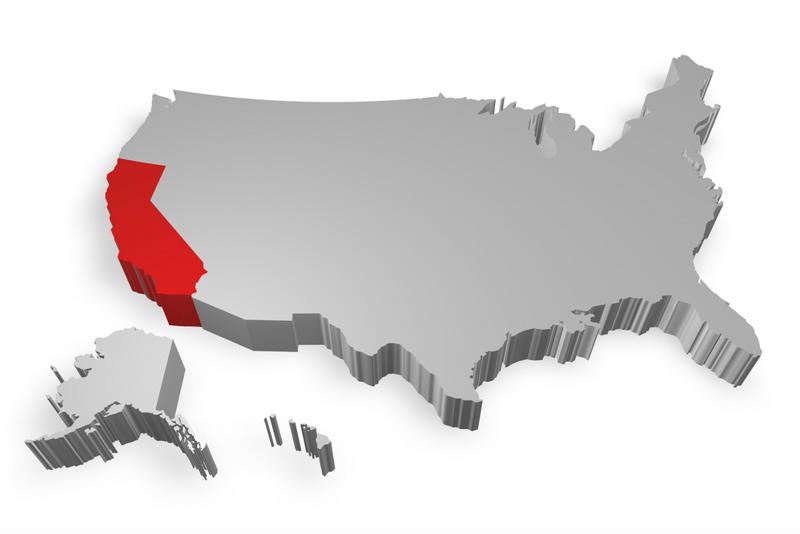When many people think of strategic sourcing, they think of going to market with an RFP. While many opportunities do call for an RFP, this strategy isn’t all that strategic sourcing is. Think about it from a “rectangle-is-not-a-square” perspective: An RFP is a common element of strategic sourcing, but strategic sourcing, itself, is not just issuing an RFP.
Why am I drawing this distinction? Because organizations that build their sourcing road maps for the year will do themselves a disservice by focusing on just this one tool in the overarching strategic sourcing toolbox. In fact, there are plenty of times where running an RFP may not be the best approach… at least not immediately.
When to Avoid RFPs
Towards this end, I’ve compiled a few scenarios where Procurement may wish to go a different route. If you’ve earmarked a project that sounds like one of these scenarios, take a moment and ask yourself, “is an RFP really the right way to go?”
New, Uncharted Territory
An RFP can be a great thing – when you know exactly what you want. However, many Procurement teams are challenged to identify best-in-class suppliers for products or services that are new to an organization.
In these cases, it can be difficult, if not impossible, for Procurement to develop a detailed RFP, accompanying questionnaire, or fully fleshed-out scope that will be needed for bidders to properly respond.
Look to current supplier relationships to help guide the process. While you may not have a supplier who provides these specific solutions, “nearby” providers will likely have a good understanding of the field and may be able to offer some direction or introduce you to several potential supplier candidates.
Simple, Straight-Forward Buys
Some go-to-market initiatives are simple and clear cut. Let’s say you’re buying commoditized products from a supplier you know and trust. You have no interest in changing suppliers if you can help it… but you’ll need your incumbent to come to the table with cost savings to keep your business.
In these cases, the effort of going to market with a full RFP may be overkill. At a minimum, the decision to go this route is premature. Better to find out what an incumbent is willing to do to keep your business before investing the time needed for a full market event.
Gather benchmark data and engage in direct negotiations with your incumbent. Preface these discussions by letting incumbents know that you’ll go to market if you need to, but would rather they offer a competitive enough bid to make a market event unnecessary. Armed with benchmark data, you’ll know if their opening stance is on target or not.
Complex, Multi-dimensional Offerings
The opposite of the above, some sourcing initiatives are for complex purchases that go beyond commoditized widgets. Think about finding an advertising agency of record or bringing in a tech consulting firm to do a major infrastructure overhaul. Unit price isn’t the only (or even the most important) element of successful buys, here – you need a partner who can carry your organization’s vision through into the future while safeguarding today’s operations.
In these cases, an RFP can be too myopic. An RFP does best when you can break down a supplier’s worth into very discrete/scorable qualitative buckets with a backdrop of price as a major deciding factor… complex and highly strategic relationships don’t work this way, and therefore aren’t well-served through an RFP.
Delving deep into onsite demos, pitch presentations, and planning sessions are going to be critical. Having a market event narrow the field to a handful of suppliers may be beneficial from a time-saving perspective, but don’t hang your hat on three-bids-and-a-buy solving highly complex problems.
Develop the Other Tools in the Toolbox
An RFP is a tried and true tool – however, too many organizations have relied on RFPs exclusively when other tactics may be more beneficial and require less effort on Procurement’s part. Take a deep look at the offerings being procured and the supplier relationships in play today. Select a strategy that will yield the best results – even if they don’t involve an RFP.
 The reason many people view negotiations as something
combative or tense is a predetermined opinion that the other party is looking
to pull a fast one on the other. Successful negotiators work hard to tear down
this thought throughout every step of the process. First, one must build trust.
This may seem obvious, but pleasantries and light banter can do more good than
anticipated. Expert negotiators know that by establishing a rapport is critical
to establish a lasting, beneficial relationship. And, this is what I believe is
at the root of any “Trust-Based Negotiation,” relationships. Ultimately, the
goal of any negotiation is to win the deal or realize the right price, but this
isn’t where a negotiation ends. Once you’ve signed the deal, you now enter into
a dormant negotiation, but a negotiation nonetheless. By signing a contract,
you are now in agreement of expected responsibilities. But, if one side isn’t
happy with the terms or feel the other party isn’t fulfilling their duties, you
now enter into a separate negotiation: proving to the other, or, in the most
extreme cases, a mediator or judge that the obligations aren’t being met.
Basically, you’re not bargaining again, and this time is a much less pleasant
environment.
The reason many people view negotiations as something
combative or tense is a predetermined opinion that the other party is looking
to pull a fast one on the other. Successful negotiators work hard to tear down
this thought throughout every step of the process. First, one must build trust.
This may seem obvious, but pleasantries and light banter can do more good than
anticipated. Expert negotiators know that by establishing a rapport is critical
to establish a lasting, beneficial relationship. And, this is what I believe is
at the root of any “Trust-Based Negotiation,” relationships. Ultimately, the
goal of any negotiation is to win the deal or realize the right price, but this
isn’t where a negotiation ends. Once you’ve signed the deal, you now enter into
a dormant negotiation, but a negotiation nonetheless. By signing a contract,
you are now in agreement of expected responsibilities. But, if one side isn’t
happy with the terms or feel the other party isn’t fulfilling their duties, you
now enter into a separate negotiation: proving to the other, or, in the most
extreme cases, a mediator or judge that the obligations aren’t being met.
Basically, you’re not bargaining again, and this time is a much less pleasant
environment.

















